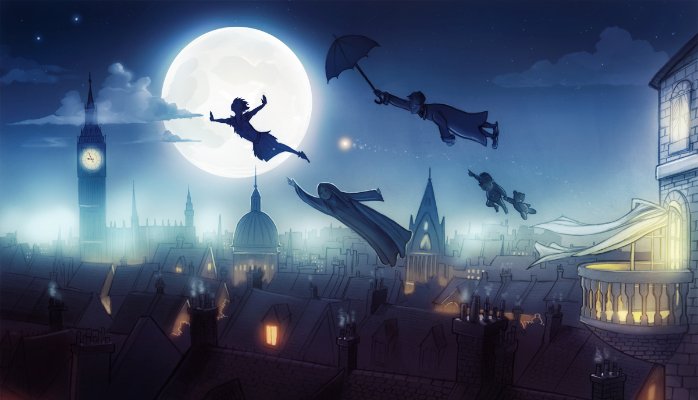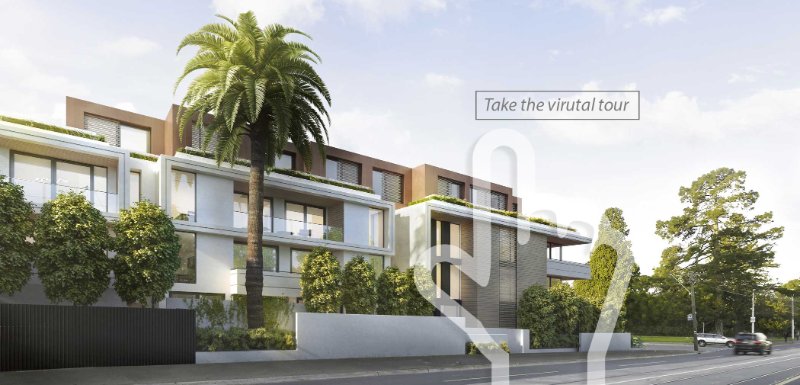Today’s marketer and every brand I come in contact with are focusing on putting the customer at the centre of their world. This is great news…but hasn’t this always been the case? Well in short the answer is yes, the difference now is we have technology that allows us to interact with our customers wherever they are, whenever they want. This technology like Salesforce Marketing Cloud gives marketers real time reporting and allows you to map your strategies across multiple channels and digital touch points. Prepare yourselves to hear this phrase a lot in the next 12 months; but this is the year of the customer journey.
Most designers would agree with me that the customer has always been the main focus. However for years companies have focused on trying to stay relevant by using the latest technology, creating a social identity and chasing the customer around the Internet using display advertising. Issue being that the ROI was never measurable, it was expensive and they never understood why they were doing any of these things in the first place. Steve Jobs was well known for how he pioneered the personal computer revolution and disrupted the music industry, but at the core was his design-driven customer approach. “You have got to start with the customer experience and work back to the technology – not the other way around” Jobs said. Design is not just about how something looks and feels but its about how it works, and the most successful designers like Tim Brown (CEO of IDEO) will tell you that most of their time is spent in the inspiration and ideation stages of their projects, where it is heavily focused on customer research and user experience.
As marketers, we need to harness the power of these tools available to us, we now have access to more data then ever before and the technical tools to engage with our customers in sophisticated 1:1 journeys. The customer journey has now become even more complex so in order to do this successfully we must stay true to the customer and our brand; here are some key things to think about when mapping out your customer journeys:
Most designers would agree with me that the customer has always been the main focus. However for years companies have focused on trying to stay relevant by using the latest technology, creating a social identity and chasing the customer around the Internet using display advertising. Issue being that the ROI was never measurable, it was expensive and they never understood why they were doing any of these things in the first place. Steve Jobs was well known for how he pioneered the personal computer revolution and disrupted the music industry, but at the core was his design-driven customer approach. “You have got to start with the customer experience and work back to the technology – not the other way around” Jobs said. Design is not just about how something looks and feels but its about how it works, and the most successful designers like Tim Brown (CEO of IDEO) will tell you that most of their time is spent in the inspiration and ideation stages of their projects, where it is heavily focused on customer research and user experience.
As marketers, we need to harness the power of these tools available to us, we now have access to more data then ever before and the technical tools to engage with our customers in sophisticated 1:1 journeys. The customer journey has now become even more complex so in order to do this successfully we must stay true to the customer and our brand; here are some key things to think about when mapping out your customer journeys:
- Use research: Deep qualitative research is the secret to discovering unmet customer needs. Start by understanding your customer, the market and even your direct competitors. Use the data you have available to you to make some clear actionable decisions, for example your online browse behaviour, purchase data, social data, in store transactional data and call centre data. Knowing how to tap into technology to uncover how individuals and groups really think and act is an essential part of innovation. Involve a broader team in the research phase also as everyone can provide different insights throughout the company like Sales, I.T, Customer Service and Marketing. It's also a good idea to send out surveys, conduct customer interviews and ethnographies to create powerful experiences.
- Focus on the emotions: Every customer interaction is driven by an emotional decision. Understanding what the customer is going through at every stage of the buying or selling cycle with your brand will help you tailor content to make them feel comfortable and reassured. For example while shopping for property the customer is extremely happy, confident and optimistic. The moment they make a formal offer a sense of doubt, fear and anxiety comes over them as the decision they are making comes hammering down on them. Emotions are critical to any experience, whether B2B or B2C, and a great customer journey needs to communicate them.
- Understand the lifecycle stages: Customer journeys and lifecycle marketing are not that dissimilar. It is still important to understand the different stages that a customer can go through with your brand. If I use my property example like before then here are six stages a homebuyer will go through when looking for a house:
- Identify: We have out grown our home or looking to downsize
- Discover: What suburb and what sort of home are we after
- Select: Narrowing down the selection and visiting open for inspections
- Transact: Making the offer or visiting the auction, succeed or keep looking
- Move: Between the transaction and the big move
- Post-Move: After you have settled into your new home
- Think about the different touch points: A customer that is engaging with your brand online compared to a customer that is engaging with your bricks and mortar store have similar needs, yet both require different attention. With access to email, social, web and now mobile a brand can provide assistance and experiences in many different ways. We want our online presence to have a 1:1 approach with a high level of service that most customers only get in store, and we want our in store presence to be as exciting and interactive as our online store. I call this blurring the lines between the physical and digital worlds…PHY-GITAL. Every customer has a preferred channel, however with technology like iBeacons, Geo location based messages and real-time data the power is in the hands of the brand to do some smart cross channel marketing that creates life changing customer experiences. Check this awesome mobile marketing concept from Meat Pack a shoe store in Guatemala.
- Highlight the moments of truth and think about the red journeys: There are key moments in a customer’s lifetime where we have the opportunity to provide a service above and beyond. What happens when something goes wrong? A parcel never reaches it’s destination, or if it does it's broken, a flight is delayed or canceled, and your dinner reservation was accidentally double booked. Identify some of these critical stages (I like to call them red journeys) and find a way to make it up to the customer. “There is only one boss. The customer. And he can fire everybody in the company from the Chairman down, simple by spending his money somewhere else!” –Sam Walton, Walmart Founder.
- Have a clear goal and stay true to your brand promise: Every journey or interaction whether small or large needs to have a clear measurable goal. This is the underlying strategy of why we are sending these communications and mapping out these journeys. Staying true to your brand promise will allow customer journeys to be the focal point for your entire business not just your marketing department. The customer touches every part of an organisation, learn from it and never stop testing or pushing the boundaries. Use tools like A/B testing and reporting to see how you are tracking against the goals you have set.





